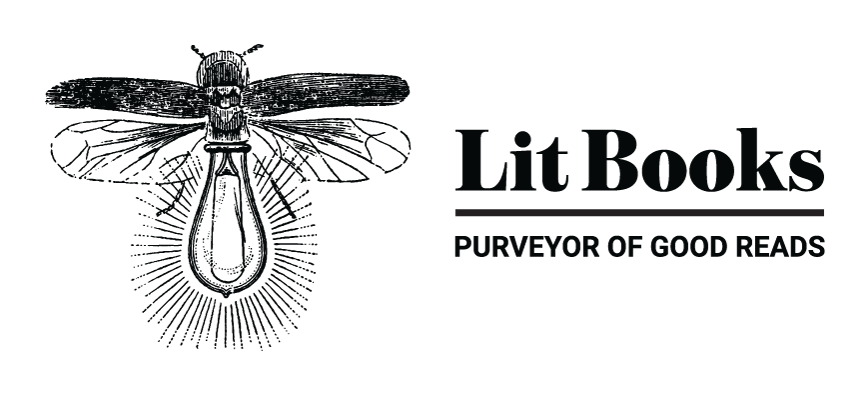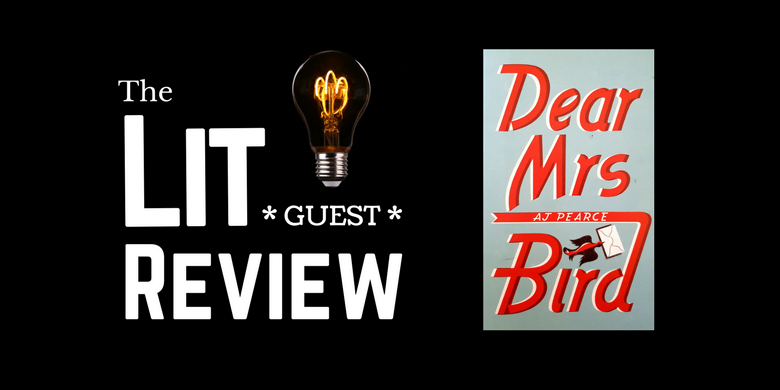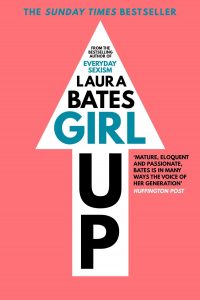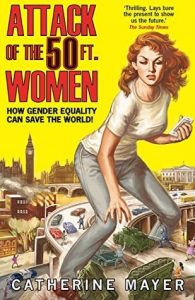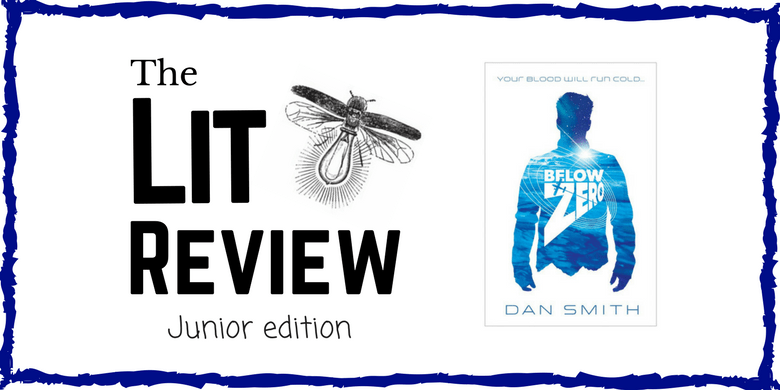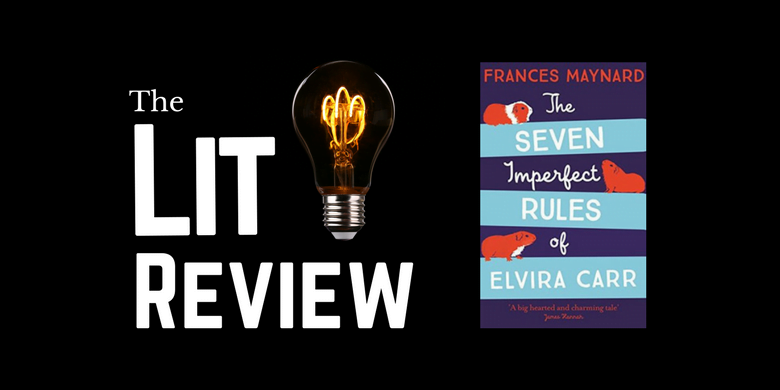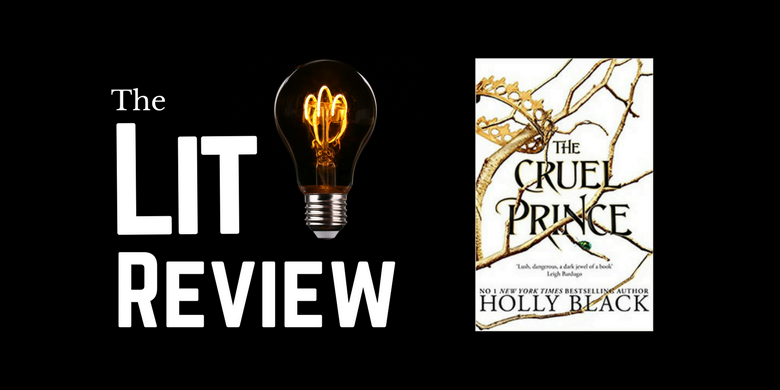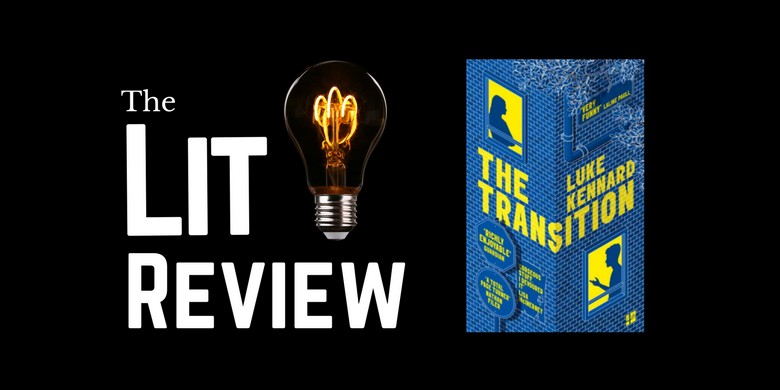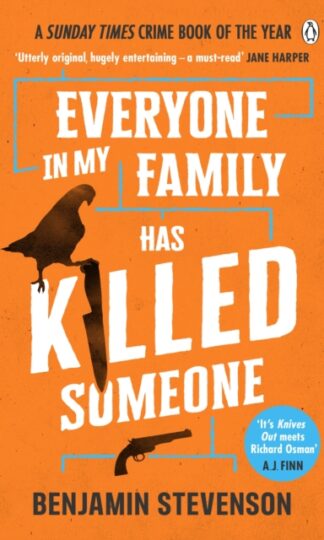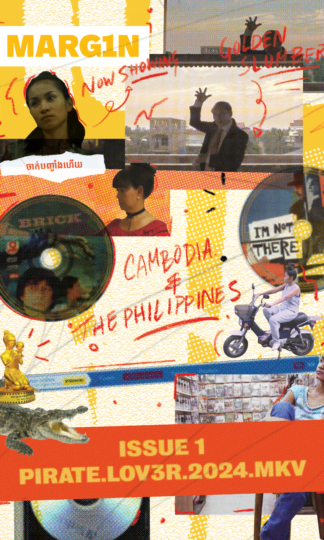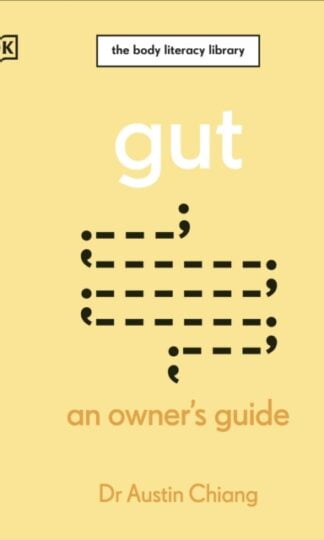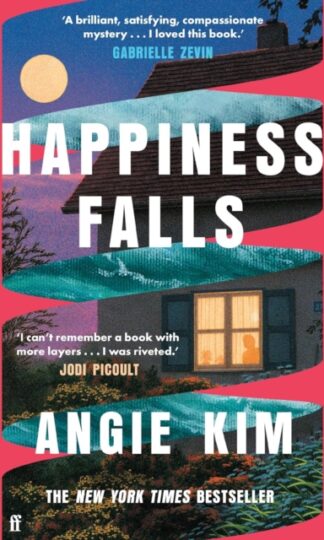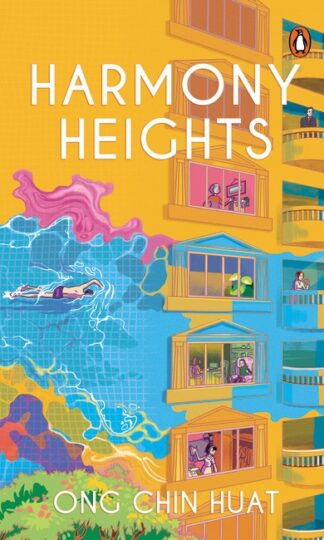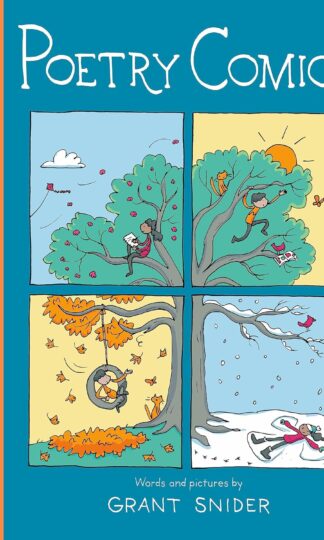

The great starship Ingenue has completed its overhaul at the spacedock on Moonbase Luna. Having finished a routine survey of Jupiter, which doubled as a test run of its new ion drives, the Ingenue is now being outfitted with the necessary equipment and personnel to commence Phase I of the colonisation of Europa. The crew, sent up via the space elevator just the previous week, is being transported by way of automated drone shuttles to Ingenue. They will spend the vast majority of the journey preparing their colonisation capsule to land on and begin the human exploration of Europa.
The capsule will separate from Ingenue as the starship enters the orbit of Jupiter, but the great starship itself will allow itself to be drawn into the gas giant’s gravitational field. Crewless, the AI on board will make the necessary calculations to slingshot the starship to a carefully identified location designated only as Delta Sigma.
When it arrives at Delta Sigma, powerful particle accelerators fueled by a substantial pocket of hydrogen at the site will crash electrons together, generating a massive negative energy bubble. The energy will then be concentrated on a small black area in space, not much bigger than the size of a ping-pong ball. But that’s when the magic will happen — slowly, almost imperceptibly, the small black ping-pong ball will start to widen, crackling with energy at its edges when finally it will grow to a size big enough allowing Ingenue to pass through.
And when it does, it will make history as the first object to ever travel faster than the speed of light by crossing into folded space via a wormhole.
Sounds remarkable? Reads like the premise of the next big science fiction offering from Andy Weir? Uncannily enough, the scenario described above may just be the future of humanity as outlined by futurist and physicist Michio Kaku.
A regular presenter for the Discovery Channel and a member of the new cohort of celebrity thinkers (which counts among its ranks the likes of Brian Cox and Neil DeGrasse Tyson), Kaku has the uncanny ability of presenting difficult, ground-breaking material in simple terms without committing the cardinal crime of being overly patronising.
Despite his being a rather prolific writer, this is only the second or third of his books that I have read. To be perfectly honest, there’s only so much about space-time theory, quantum physics, black holes and string theory that one can take before it all becomes a bit samey. These topics do not lend themselves to a natural narrative arc the same way that, say, a history of science might. I was therefore a bit trepidatious in accepting a review copy from Times Distribution for Kaku’s Future of Humanity.
I was pleasantly surprised that the book was focused on one central thesis: Humanity will perish painfully and inevitably unless it becomes an interplanetary species — so how can it go about becoming one? From our history of rudimentary rocketry to sci-fi-only intergalactic spacecraft, to how we might go about settling other planets — the prime candidate being Mars — through a programme of terraforming and colonisation, and the possibility of faster-than-light travel, Kaku explores the science in sufficient detail to convince one that humanity is but several key Eureka! moments away from the breakthrough.
These are admittedly very giant Eureka! moments, but Kaku’s book helps shift the focus slightly from one of possibility to one of plausibility. Drawing from his pool of knowledge and experience as a physicist and active participant in the development of science, as well as a rather robust consumer of science fiction books and movies (there are a lot of references to those throughout the book), Kaku outlines intimately and in some detail how we might finally become an advanced space borne species (i.e. a Type I or Type II civilisation on the scale proposed by astronomer Nikolai Kardashev).
In a nutshell, the Kardashev scale measures the advancement of a civilisation based on its level of energy consumption. A Type I civilisation is one that utilises all the energy of the sunlight that falls on the planet, a Type II utilises all the energy its sun produces and a Type III utilises all the energy produced in a galaxy. We are presently a Type 0.7 at the moment, and struggling to make it as a full Type I civilisation. Ironically, even as we struggle to advance and survive, the biggest challenge to us is we ourselves:
“Of all the transitions, perhaps the most difficult is the transition from Type 0 to Type I, which is what we are undergoing at present. This is because a Type 0 civilisation is the most uncivilised, both technologically and socially… It still has all the scars from its brutal past, which was full of inquisitions, persecutions, pogroms and wars.”
The Future of Humanity is, by its final reckoning, a hopeful book. Kaku is an enthusiastic commentator and takes a long view of the possibilities that are in store. The only catch is that those interested in the subject matter may already be familiar with the themes contained within this book and then some; in some respects this book may be better suited to the lapsed popular science or science fiction reader.
Who: Michio Kaku is the silver-maned professor of physics at the City University of New York, co-founder of string field theory, and the author of several widely acclaimed science books. Makes a lot of appearances on Discovery Channel.
Verdict: If nothing else, readers will discover a litany of classic science fiction books and movies that have inspired Kaku and others presently working in the field. It is also perhaps the first attempt at a comprehensive groundwork outlining what it might take to transform humanity to a space borne species. (7.5/10)
In-store Availability: Should be coming in soon!
Thanks to Times Distribution for the advance reading copy.

